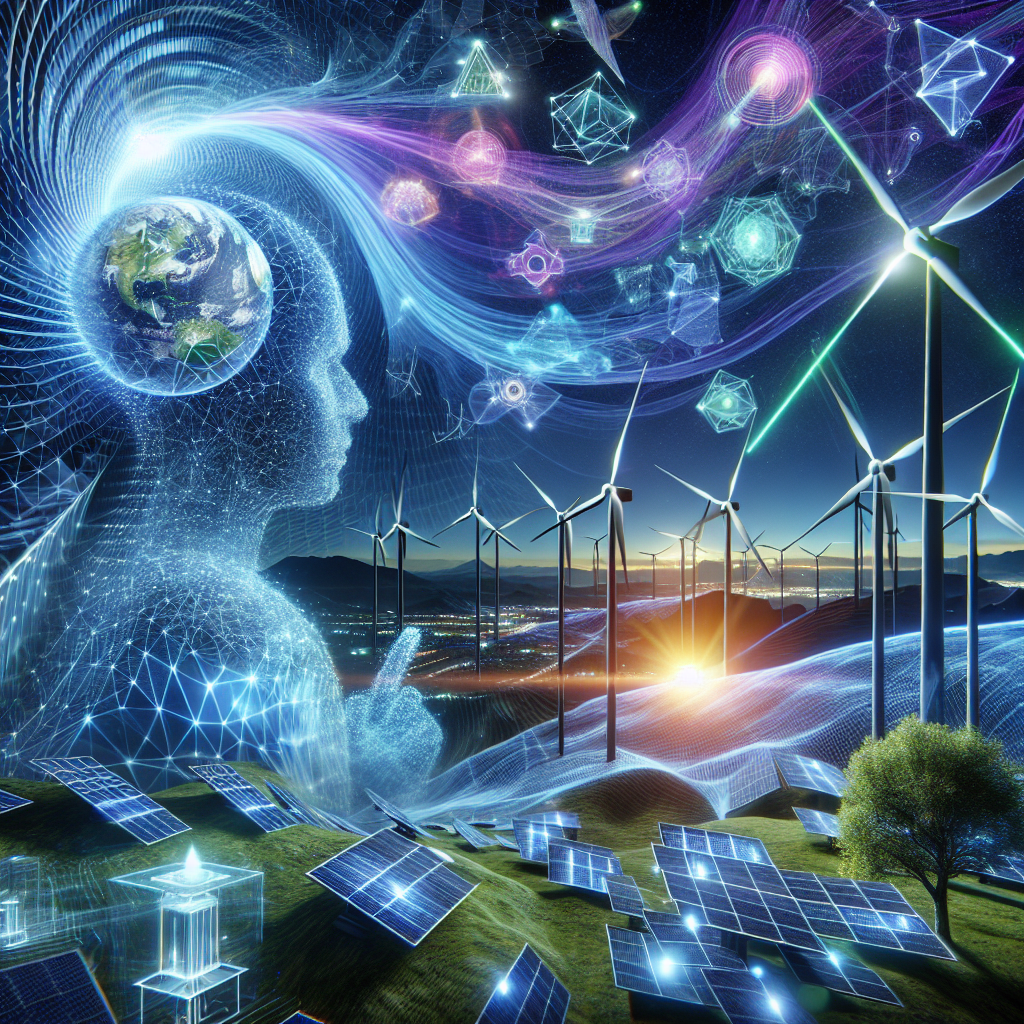
How Can AI Help Fight Climate Change?
When we think about Artificial Intelligence (AI), we often picture futuristic robots or complex algorithms predicting our online shopping habits. But did you know AI is also playing a crucial role in addressing one of the biggest challenges of our time—climate change?
What Are Some Ways AI Can Combat Climate Change?
AI is being leveraged in multiple ways to help reduce carbon emissions, improve energy efficiency, and mitigate environmental damage. Here are some key areas:
- Energy Optimization: AI helps power grids become more efficient by predicting energy demand and optimizing distribution. This reduces waste and improves the use of renewable energy sources like wind and solar.
- Carbon Emission Tracking: AI-powered models can analyze satellite data to monitor deforestation, carbon footprints, and methane emissions in real-time, allowing governments and companies to take action.
- Climate Modeling: AI improves the accuracy of climate models, helping scientists predict weather patterns, sea level rise, and extreme weather events with greater precision.
- Sustainable Agriculture: By analyzing soil data, weather patterns, and crop health, AI helps farmers use resources like water and fertilizers more efficiently, reducing environmental impact.
- Wildlife Conservation: AI is used to track endangered species, detect illegal activities such as poaching, and assess habitats, aiding in the fight against biodiversity loss.
Can AI Replace Human Efforts in Combating Climate Change?
Not quite! AI is a powerful tool, but it’s not a magic fix on its own. Humans still play a crucial role in policy-making, community action, and ethical decision-making. AI can provide data-driven insights and optimize processes, but governments, businesses, and individuals need to act on those insights to make a real difference.
Are There Any Risks of Using AI for Climate Solutions?
As with any technology, AI has its challenges:
- Energy Consumption: Training large AI models can require significant computing power, which itself consumes energy. Efforts are being made to develop more energy-efficient AI solutions.
- Data Bias: If AI models are trained on biased or incomplete data, they might produce inaccurate predictions or solutions that don’t work for all regions.
- Over-Reliance on Technology: AI should complement—not replace—traditional scientific methods and human-led climate efforts.
How Can We Support AI-Driven Climate Initiatives?
Whether you’re a researcher, business owner, or simply an environmentally conscious citizen, you can support AI’s role in climate action by:
- Encouraging policies that promote AI-driven environmental initiatives.
- Investing in green AI solutions that focus on sustainability.
- Supporting organizations using AI for conservation and carbon reduction.
- Raising awareness about how AI can contribute to a greener future.
The Bottom Line
AI is proving to be a game-changer in the fight against climate change. From optimizing energy use to tracking deforestation and predicting natural disasters, its potential is vast. However, it works best when combined with human collaboration, responsible policies, and sustainable practices.
So next time you hear about AI, think beyond its tech applications—it’s also helping us build a healthier planet. Exciting, right?



